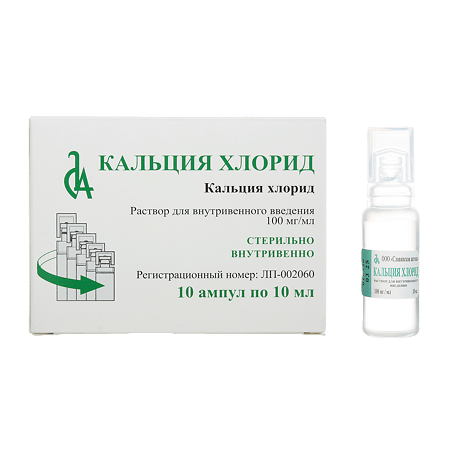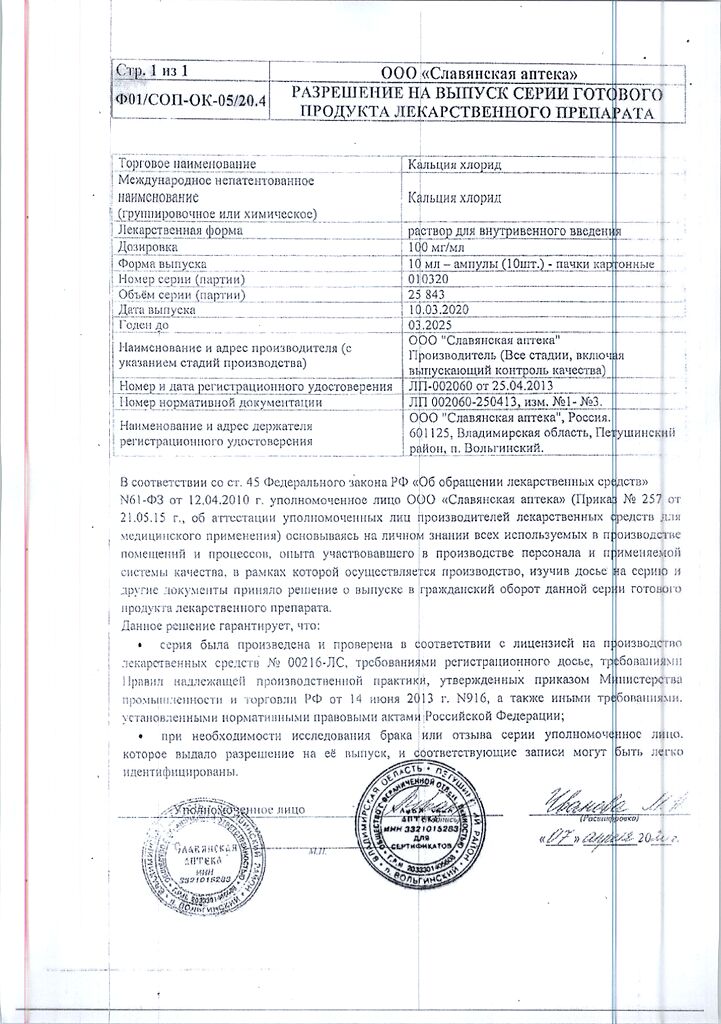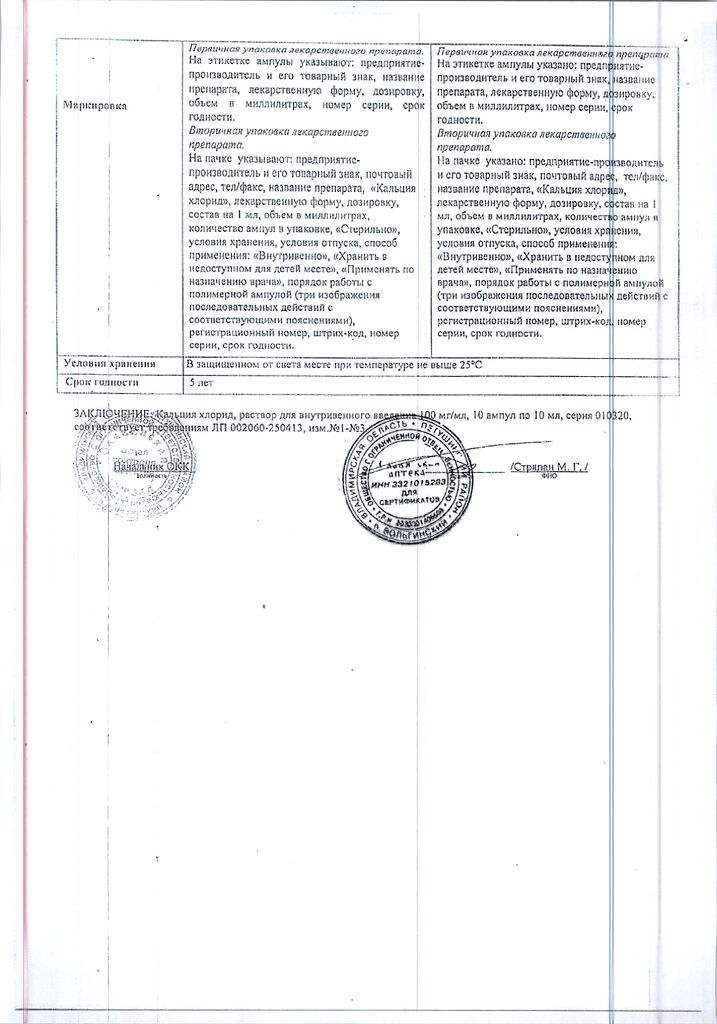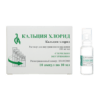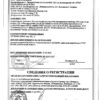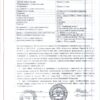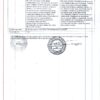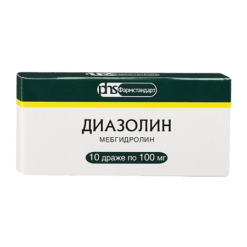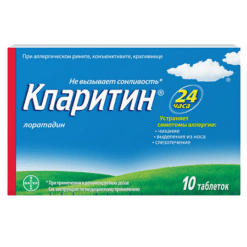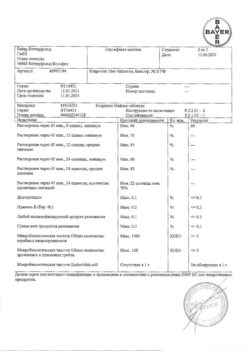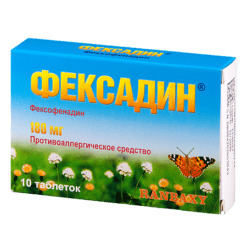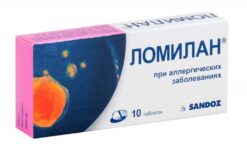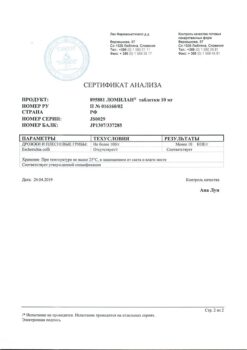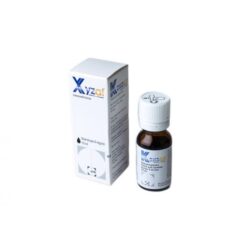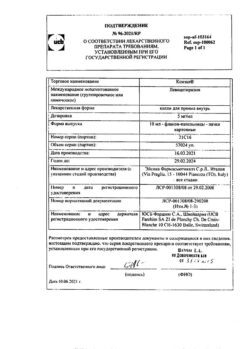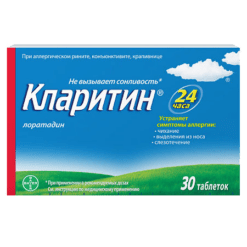No products in the cart.
Description
Anti-inflammatory, anti-allergic, hemostatic.
Calcium ions are involved in transmission of nerve impulses, contraction of skeletal and smooth muscles, in functional activity of the myocardium, blood coagulation, formation and preservation of bone tissue integrity.
Indications
Indications
Insufficiency of the function of the parathyroid glands, accompanied by tetany or spasmophilia, increased release of calcium from the body during prolonged agitation, allergic diseases (serum sickness, urticaria, angioedema, hay fever, etc.) and allergic complications associated with taking medications, skin diseases (itching, eczema, psoriasis, etc.), parenchymal hepatitis, toxic lesions liver, nephritis, eclampsia, hyperkalemic form of paroxysmal myoplegia, diseases with increased vascular permeability (hemorrhagic vasculitis, radiation sickness, inflammatory and exudative processes), bleeding, poisoning with magnesium salts, oxalates and fluorides, weakness of labor (for stimulation).
Pharmacological effect
Pharmacological effect
Anti-inflammatory, antiallergic, hemostatic.
Calcium ions are involved in the transmission of nerve impulses, contraction of skeletal and smooth muscles, the functional activity of the myocardium, blood clotting, formation and maintenance of the integrity of bone tissue.
Special instructions
Special instructions
Treatment is carried out under the control of calcium concentration in the blood plasma.
It cannot be administered subcutaneously or intramuscularly – tissue necrosis is possible (high concentrations of calcium chloride starting from 5% cause severe irritation of surrounding tissues).
If pain or hyperemia occurs at the injection site, the administration should be stopped and extravasation of the drug should be avoided.
Impact on the ability to drive vehicles. Wed and fur.:
Active ingredient
Active ingredient
Calcium chloride
Composition
Composition
Calcium chloride hexahydrate – 100 mm
Water for injections – up to 1 ml.
Contraindications
Contraindications
Hypersensitivity to the components of the drug hypercalcemia severe chronic renal failure ventricular fibrillation urolithiasis hypercalciuria sarcoidosis severe atherosclerosis tendency to thrombosis simultaneous use with cardiac glycosides pregnancy breastfeeding period.
With caution:
Side Effects
Side Effects
From the cardiovascular system: peripheral vasodilation, decreased blood pressure, arrhythmia (including bradycardia). With rapid administration, ventricular fibrillation, cardiovascular failure, and even cardiac arrest are possible.
From the central nervous system: fainting.
From the digestive system: nausea.
From the urinary system: rarely (with impaired renal function) – hypercalcemia.
Other: there may be a feeling of heat first in the mouth and then throughout the body, a chalky taste in the mouth.
Local reactions: irritation along the vein; Skin flushing, pain, rash, calcification may indicate extravasation, which can lead to necrosis of surrounding tissue. If it enters the subcutaneous tissue or muscle, it causes severe irritation and necrosis of surrounding tissues.
Interaction
Interaction
When used simultaneously, it reduces the effect of blockers of “slow” calcium channels; with other calcium- and magnesium-containing drugs, the risk of hypercalcemia or hypermagnesemia, respectively, increases, especially in patients with chronic renal failure; with quinide – intraventricular conduction may slow down and quinidine toxicity may increase.
Reduces the effectiveness of non-depolarizing muscle relaxants.
May increase the duration of action of tubocurarine chloride.
Strengthens the effect of antihistamines.
Pharmaceutically incompatible with tetracyclines magnesium sulfate and drugs containing phosphate carbonates or tartrates.
During treatment with cardiac glycosides, parenteral use of calcium chloride is not recommended due to increased cardiotoxicity.
Compatible with 5% dextrose (glucose) solution and 09% sodium chloride solution.
Overdose
Overdose
Symptoms: hypercalcemia (thirst, nausea, vomiting, constipation, polyuria, abdominal pain, muscle weakness, mental disorders in severe cases – arrhythmia, coma) especially in patients with chronic renal failure.
Treatment: in case of mild overdose (calcium concentration – 26-29 mmol/l), the administration is stopped and other calcium-containing drugs are discontinued. In case of severe overdose (calcium concentration more than 29 mmol/l) – administration of 09% isotonic sodium chloride solution; non-thiazide diuretics; control of serum concentrations, if necessary, administration of potassium and magnesium preparations; control of cardiac activity; introduction of beta-blockers to prevent arrhythmias; hemodialysis.
Storage conditions
Storage conditions
At a temperature of 15–25 °C.
Keep out of the reach of children.
Shelf life
Shelf life
5 years.
Do not use after the expiration date stated on the package.
Manufacturer
Manufacturer
Slavic Pharmacy, Russia
Additional information
| Shelf life | 5 years. Do not use after the expiration date stated on the package. |
|---|---|
| Conditions of storage | At a temperature of 15-25 °C. Keep out of reach of children. |
| Manufacturer | Slavic Pharmacy, Russia |
| Medication form | solution |
| Brand | Slavic Pharmacy |
Related products
Buy Calcium chloride, 100 mg/mL 10 ml 10 pcs with delivery to USA, UK, Europe and over 120 other countries.

